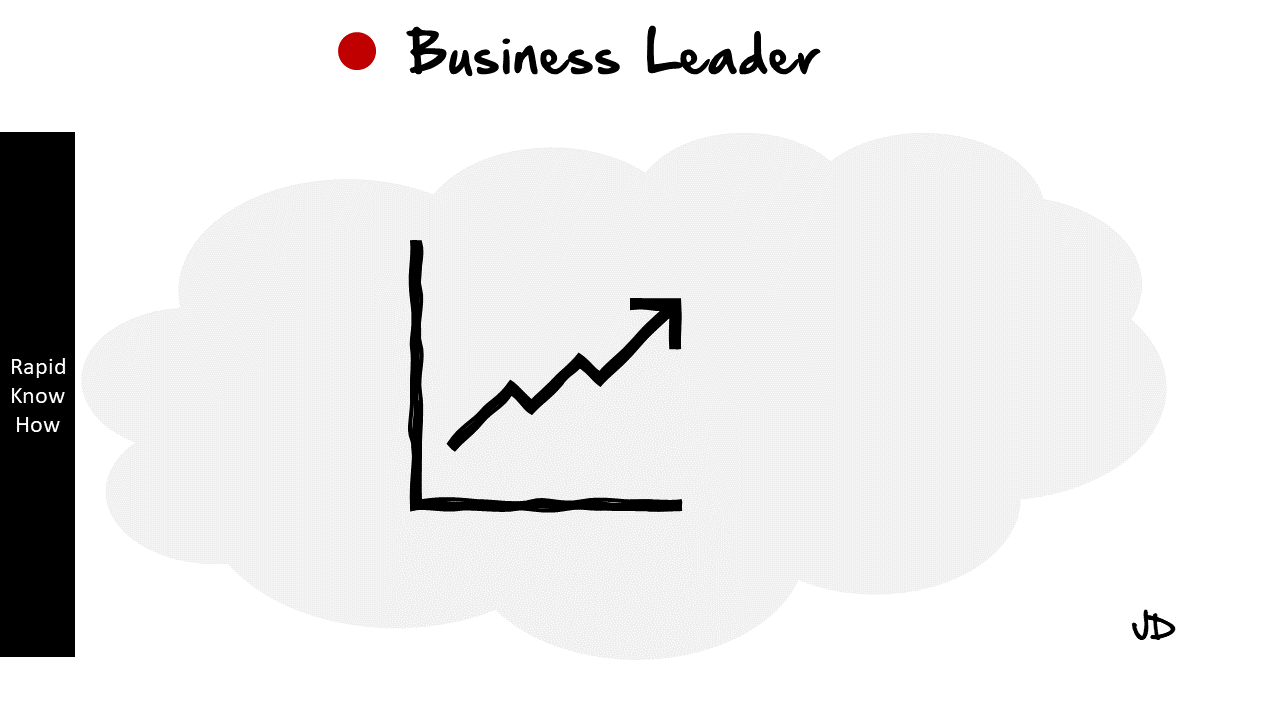The information industry is a vast and diverse sector that encompasses various sub-industries, including publishing, media, telecommunications, and technology. Understanding the competitive landscape of the information industry involves analyzing key players, market dynamics, and factors that influence competition. Here are some aspects to consider:
1. Key Players: The information industry is characterized by both traditional and digital players. Traditional media companies, such as News Corp, Comcast, and Disney, compete with digital giants like Google, Facebook, and Amazon. Additionally, there are specialized players in areas like telecommunications (AT&T, Verizon), publishing (Pearson, Reed Elsevier), and technology (Microsoft, Apple).
2. Market Segmentation: The information industry serves various sectors, including news and media, entertainment, education, telecommunications, and technology. Each sector has specific requirements and customer preferences, creating different market segments. Companies may focus on specific segments or offer a diverse portfolio to cater to multiple industries.
3. Digital Disruption: The rise of digital technologies has disrupted the information industry, leading to new business models and competition. Traditional media companies have faced challenges from online platforms that offer content for free or at a lower cost. Digital players have leveraged data analytics and personalized experiences to gain a competitive edge.
4. Technological Advancements: Technology plays a crucial role in the information industry. Companies invest in research and development to develop new platforms, content delivery systems, data analytics tools, and artificial intelligence capabilities. Staying at the forefront of technology can provide a competitive advantage.
5. Content Creation and Distribution: Content is a key differentiator in the information industry. Companies compete to create high-quality and engaging content that attracts and retains audiences. Distribution channels, such as television networks, streaming platforms, social media, and online publishing, also play a significant role in reaching consumers.
6. Advertising and Monetization: Advertising revenue is a major source of income for many information industry players. Companies compete for advertising budgets by offering targeted advertising solutions, innovative formats, and audience insights. Additionally, companies explore various monetization models, such as subscriptions, pay-per-view, and freemium, to generate revenue.
7. Regulatory Environment: The information industry is subject to various regulations related to content, privacy, intellectual property, and competition. Compliance with these regulations is essential for companies to operate and compete effectively.
To gain a comprehensive understanding of the competitive landscape, it is important to analyze market reports, industry publications, financial statements of key players, and industry events. Additionally, monitoring industry trends, technological advancements, and consumer behavior can provide insights into the competitive dynamics of the information industry.
